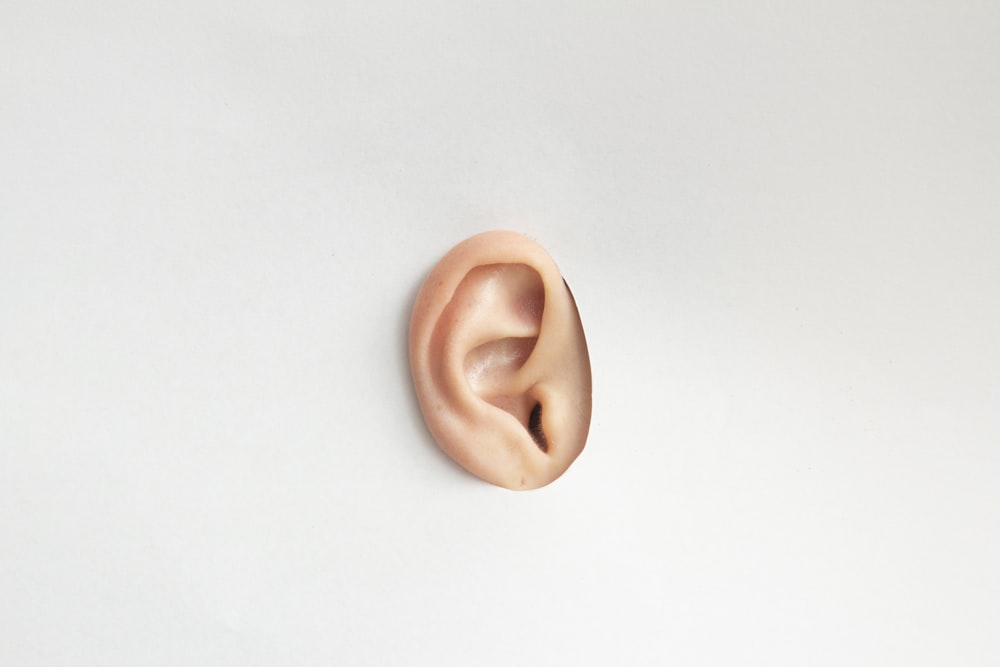Ear training is a fundamental exercise for any singer or musician. Not only does it help you to stay in tune. But it also helps to build your confidence when performing and recording.
The key to excellent ear training is repetition and practice. And so you’ll discover the following information in this article:
- Ear training practice to sharpen your musical ear.
- Identify intervals and major scale degrees.
- Use a note and musical instrument as a reference point.
1. Interval (Functional Ear Training)
Ear training intervals are essential to learning how to identify various sounds. And through this exercise, singers can learn to recognize the subtle nuances between musical intervals.
Plus, this exercise increases your ability to recognize intervals to improve your:
- Music theory knowledge.
- Understanding of chords, scales, and melodies.
Not only will you become familiar with listening for specific relationships between tones. Yet, you will also be able to train your ear to hear them clearly in any situation.
Also, interval recognition drills are available in many forms, including:
- Interactive musical games
- Worksheets
- Ear training apps
- Online quizzes
Many of these tools include helpful features such as:
- Adjustable difficulty levels
- Score tracking systems
- Visual feedback allows you to monitor your progress
And when completing these exercises, you can learn to identify intervals such as:
- Major and minor seconds
- Thirds
- Fourths through octaves
- Augmented fourths
- Diminished fifths
By honing your aural skills through intervals, you develop new microscopic awareness. And which allows you to make better judgments about where notes placement. Likewise, it makes a difference when singing songs accurately and with expression.
2. Chord Progressions
Chord progressions help develop your ear and become a better musician. Learning to recognize and analyze chord progressions is essential for understanding music theory. Plus, in becoming an advanced musician.
A chord progression is a sequence of two or more chords that come together to form the basic foundation of a song. Also, it trains you to recognize and differentiate between various chords.
When practicing, start with a simple chord progression such as I-IV-V. Then slowly advance to the more challenging ones. To maximize your learning potential, learn how to identify major, minor, diminished, and augmented chords.
Once you have developed a good sense of chord progression, use this skill in everyday life. Listen closely whenever you hear music on the radio or TV, and try to figure out what kind of harmony it has. Doing so will help enhance your musical literacy.
3. Major Scale Degree
Using the scale degrees exercise, you can identify each octave note and its associated number. For example, C4 is the C major scale’s fourth degree. You’ll also learn how notes interact with each other in a certain key or context.
Besides that, scale degrees are one of the most fundamental musical building blocks. It consists of seven notes (or “degrees”) that form an eight-note pattern, including:
- Root
- Second
- Third
- Fourth
- Fifth
- Sixth
- Seventh
- Octave
Each degree has its unique sound quality and harmonic function. Also, by understanding this concept, you can recognize patterns within songs and progressions. To begin mastering this exercise, start by:
- Listening to a chord progression with your eyes closed.
- Try transcribing it by numbers (i.e., 1-3-5)
- As you become more comfortable, try manipulating different combinations until you recognize them all.
But remember that this exercise isn’t just about memorizing notes and intervals. Yet, it’s about developing an intimate relationship between hearing something musically. Plus, knowing what it means from a music theory perspective.
4) Relative Pitch
A strong relative pitch helps develop a better sense of note-to-note relationships and intervals. Developing this skill can help you identify notes by comparing them to other notes.
Simply put, relative pitch helps identify notes relative to one another. Also, it will help you understand music theory much more quickly than learning every note.
Try singing back melodies you hear using single notes or an instrument as a reference point to practice this exercise. Start with simple pieces like “Happy Birthday Song” or “Twinkle Twinkle Little Star.” As you become more comfortable with these songs, gradually add more challenging melodies.
Another helpful activity is to listen to recordings of scales and intervals. Attempt to recognize them without looking at a scale chart or written music.
Get My “Beginning Singing” Ebook
5) Harmonic and Melodic Dictation
To perfect your musical ear, harmonic dictation is an invaluable tool. This type of dictation involves accurately identifying the various music components like:
- Key signature
- Time signature
- Rhythm
- Note value
With this skill, you can transcribe notes heard in music or recognize chords. Likewise, it helps develop your understanding of music theory.
Breaking down harmonics into simpler parts makes them easier to identify. Start by dividing chords into two categories:
- Triad (which are three-note chords
- Seventh chords (which are four-note chords)
Then work through each type one by one until you recognize two kinds of chords when heard. Similarly, breaking down melodies into smaller steps can help you with melodic dictation. Pay attention to pitch direction and distinct intervals throughout the melody.
Conclusion
Having a great musical ear can make all the difference when singing songs or teaching classes as a vocal coach. And these five ear-training exercises are just some of the many ways you can perfect your ears. So, give these exercises a try and start ear training today!
